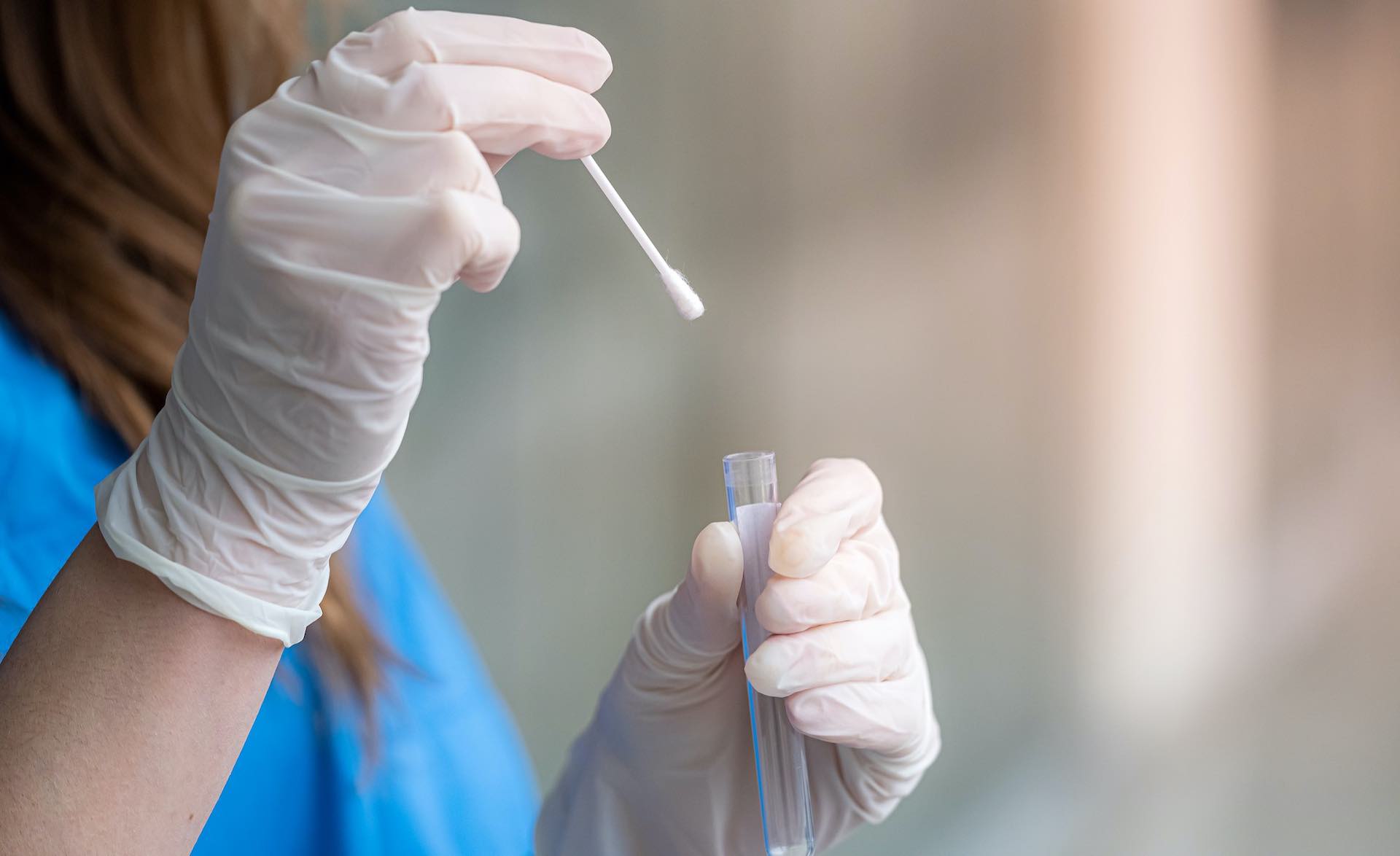 Early Monday’s report marked a drop from 41,310 cases reported Saturday and 40,342 on Sunday, but more than doubled from 12,681 cases logged a week earlier because of the highly contagious omicron sub-variant BA.5. Since June, infections in South Korea have increased due to eased virus controls. For the first time in about three weeks, the daily count exceeded 10,000 on June 29. It then jumped to over 20,000 on July 9 and then over 40,000 on Wednesday. It is estimated that 24,753 people have died from this virus, according to the KDCA. Fatalities accounted for 0.13 percent of all cases. As compared to the previous day, 81 critically ill patients were admitted.
Early Monday’s report marked a drop from 41,310 cases reported Saturday and 40,342 on Sunday, but more than doubled from 12,681 cases logged a week earlier because of the highly contagious omicron sub-variant BA.5. Since June, infections in South Korea have increased due to eased virus controls. For the first time in about three weeks, the daily count exceeded 10,000 on June 29. It then jumped to over 20,000 on July 9 and then over 40,000 on Wednesday. It is estimated that 24,753 people have died from this virus, according to the KDCA. Fatalities accounted for 0.13 percent of all cases. As compared to the previous day, 81 critically ill patients were admitted.
The number of infections has increased to over 200,000 per day, ending a downward trend after peaking at more than 620,000 in mid-March. People age 50 and older, as well as those who are 18 and older with underlying health conditions, have been allowed to receive fourth COVID-19 vaccination shots in an effort to combat the pandemic. People with immune disorders and those aged 60 and older were previously eligible for the fourth dose of vaccine.
The move comes as the nation is facing another resurgence of the virus, driven by the highly contagious mutation of the omicron strain BA.5, which is known to be more contagious and better able to escape immunity compared with earlier versions. In addition to offering virus testing, in-person medical care, and antiviral drugs, the government will expand to 10,000 its one-stop COVID-19 treatment centers by the end of this month. A week earlier, 28 percent of the country’s COVID-19 cases were caused by the BA.5 sub-variant. Today, 35 percent of the cases are caused by the sub-variant BA.5.
